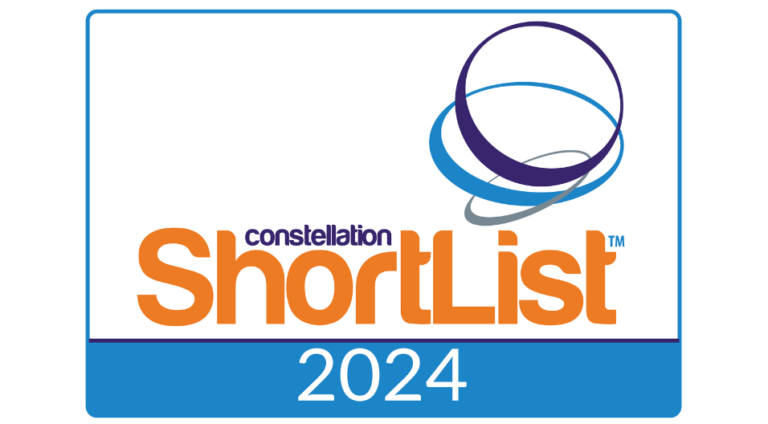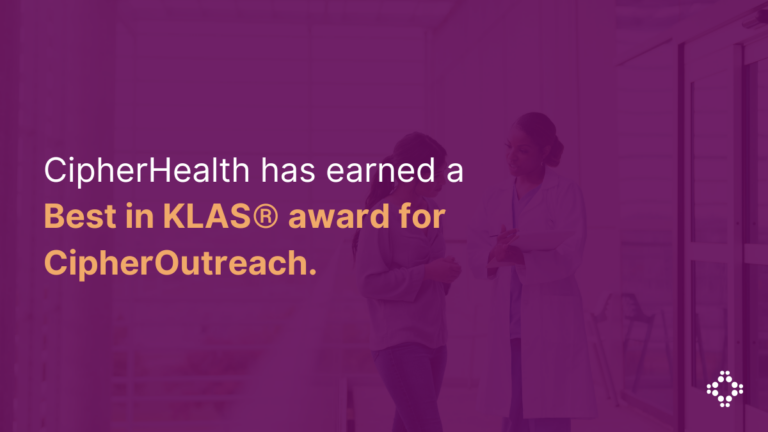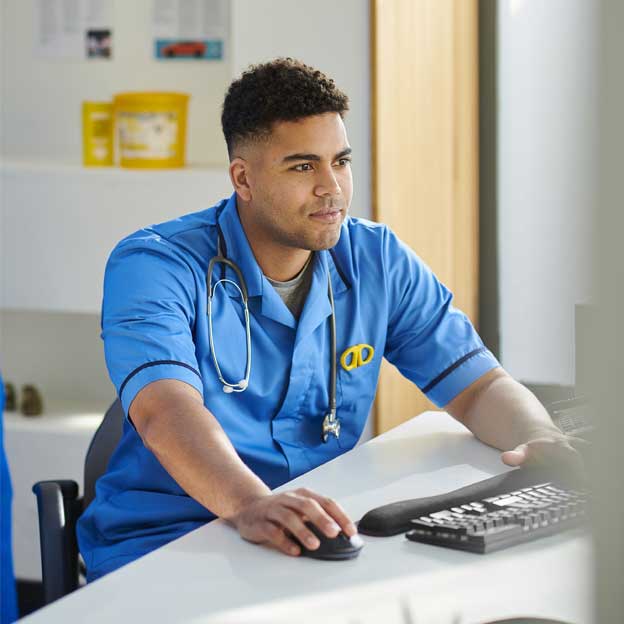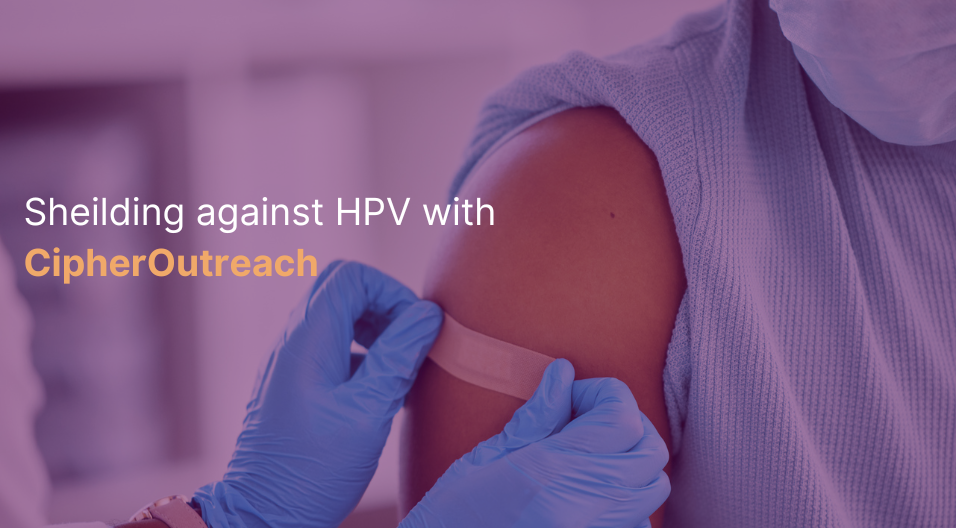By Joy Avery, MSN, RN and Donna Pritchard, DNP, MSN, FNP-BC
It goes without saying that quality and safety in patient rounding is important — it helps health systems identify and resolve patient safety concerns while also preparing hospitals to comply with the Joint Commission’s Environment of Care (EC) standards and all other accreditation bodies.
Most importantly, rigorous quality and safety checks that proactively address any issues occurring for the patient, or within their environment, create a sense of trust in the hospital during what can be a fraught time. Patients feel better taken care of and family members feel reassured, leading to a greater sense of satisfaction during the patient experience. According to the NIH, positive correlations have been found between patient safety culture and patient satisfaction and hospital performance.
But quality and patient safety rounds done manually, with a pen and paper approach, has historically led to any number of challenges, including: wasted time reconciling antiquated systems, a lack of data transparency, inefficient uses of staff resources, and potentially worse health outcomes for all patients and particularly high-risk patients.
So how can health systems make quality and safety rounding more thorough, efficient and effective?
With a digital approach to quality and safety rounding, healthcare teams and frontline staff have the ability to develop and customize their rounding programs across quality and safety measures. This consistent, data-driven approach creates both data transparency and real-time reporting to surface insights to track trends and opportunity areas in patient care.

While quality and safety rounding is all-encompassing, ranging from making sure patients are comfortable to assessing their pain levels to identifying those at risk for injury. Two of CipherHealth’s customers made exemplary strides using digital rounding for hospital-acquired pressure wounds (HAPI), hospital-acquired infections (HAI) and preventative measures for patients at risk for falls. Using the trifecta of people, process and technology, they are not only improving clinical outcomes for their patients, but also making positive impacts on staff member satisfaction and workflow efficiency.
UC Davis Medical Center improves quality & safety in quarterly Skin Prevalence Days
UC Davis’ PCS Quality & Safety team created a customized script allowing for up to 11 pressure injuries to be documented per patient. The ability for their staff to both assess and document patients at once not only improved the process, but made it more manageable for staff. On their first HAPI Point Prevalence day using CipherRounds, a total of 594 audits were completed by 13 rounders. Their feedback was all positive: 90% somewhat or strongly agreed that the CipherRounds audit tool and entry was easy to use. From a time-saving perspective, 70% of staff reported saving 1-2 hours. This workflow efficiency improvement also means that data is available immediately for the analysis team as needed; UC Davis uses this data to support their Magnet hospital designation.
ChristianaCare decreases preventable harm across all metrics with data-driven rounding
ChristianaCare also saw remarkable results using CipherRounds for quality and patient safety rounds. They coined their program name the Perfect Care Bundle—a strategic, data-driven rounding program to reduce HAI, HAPI and falls. As a result, ChristianaCare saw a 41% decrease in HAI, 12% decrease in HAPI and 20% decrease in Falls. Through their “Zero Harm Council” over 80 awards were given across the health system for units with zero cases of preventable harm for at least 12 consecutive months. These successes undoubtedly contributed to ChristanaCare being named Top 50 Healthgrades Best Hospitals in 2021 and 2022.
Conclusion
Being hospitalized can be a scary time for patients and their families. Health systems with a rigorous program in place to prevent harm and patient safety issues can help those patients and families feel more assured they are in safe hands. By using technology to support healthcare staff, in place of paper and pen rounds, healthcare organizations can provide a high level of care for every patient, capture data accurately and meet their accreditation goals more reliably than ever before.









